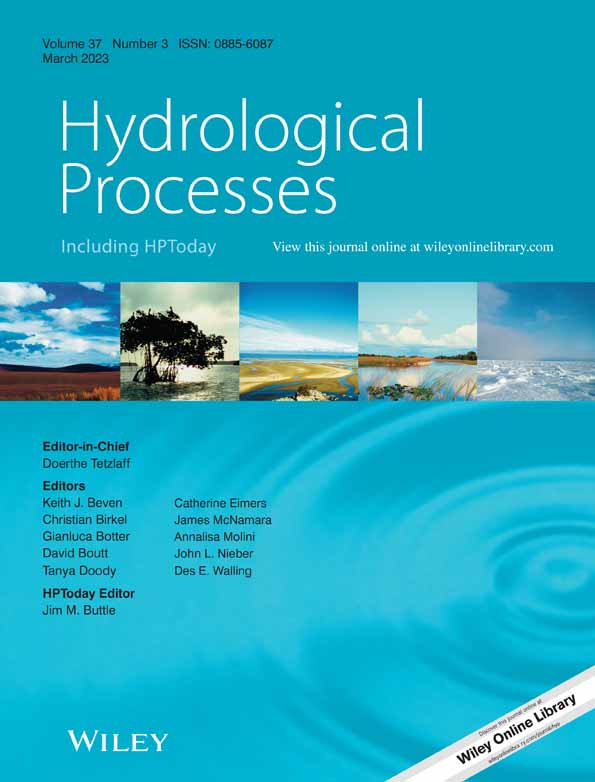On strictly enforced mass conservation constraints for modelling the Rainfall-Runoff process
Abstract
It has been proposed that conservation laws might not be beneficial for accurate hydrological modelling due to errors in input (precipitation) and target (streamflow) data (particularly at the event time scale), and this might explain why deep learning models (which are not based on enforcing closure) can out-perform catchment-scale conceptual and process-based models at predicting streamflow. We test this hypothesis with two forcing datasets that disagree in total, long-term precipitation. We analyse the roll of strictly enforced mass conservation for matching a long-term mass balance between precipitation input and streamflow output using physics-informed (mass conserving) machine learning and find that: (1) enforcing closure in the rainfall-runoff mass balance does appear to harm the overall skill of hydrological models; (2) deep learning models learn to account for spatiotemporally variable biases in data (3) however this ‘closure’ effect accounts for only a small fraction of the difference in predictive skill between deep learning and conceptual models.
CONFLICT OF INTEREST STATEMENT
The authors declare no conflict of interest.
Open Research
DATA AVAILABILITY STATEMENT
All LSTMs and MC-LSTMs were trained using the NeuralHydrology Python library available at https://github.com/neuralhydrology/neuralhydrology. A snapshot of the exact version that we used is available at https://github.com/jmframe/mclstm_2021_extrapolate/neuralhydrology and under DOI number 10.5281/zenodo.5051961. Code for calibrating SAC-SMA is from https://github.com/Upstream-Tech/SACSMA-SNOW17, which includes the SpotPy calibration library https://pypi.org/project/spotpy/. Input data for all model runs except the NWM came from the public NCAR CAMELS repository https://ral.ucar.edu/solutions/products/camels and were used according to instructions outlined in the NeuralHydrology readme. NWM data are available publicly from https://registry.opendata.aws/nwm-archive/. All model output data generated by this project is available on the CUAHSI HydroShare platform under a DOI number https://doi.org/10.4211/hs.d750278db868447dbd252a8c5431affd. Interactive Python scripts for all post-hoc analysis reported in this paper, including calculating metrics and generating tables and figures, are available at https://github.com/jmframe/mclstm_2021_mass_balance and under DOI number 10.5281/zenodo.7641775.




